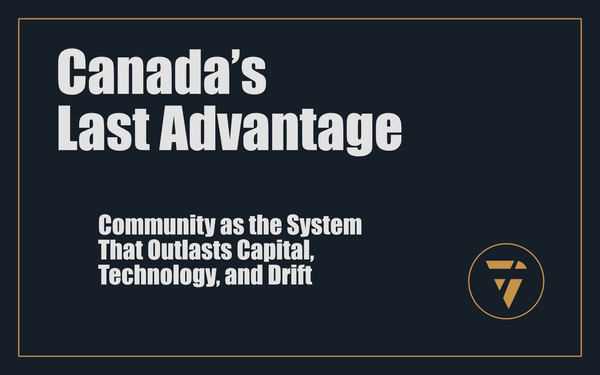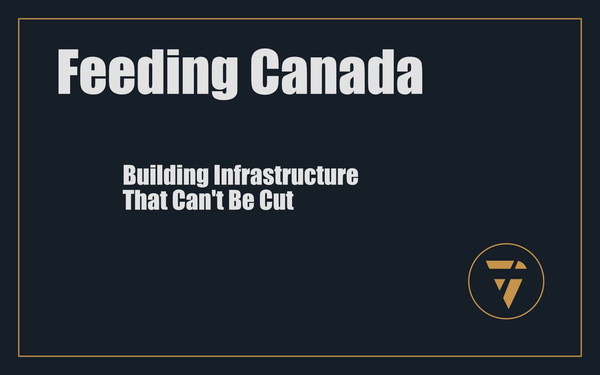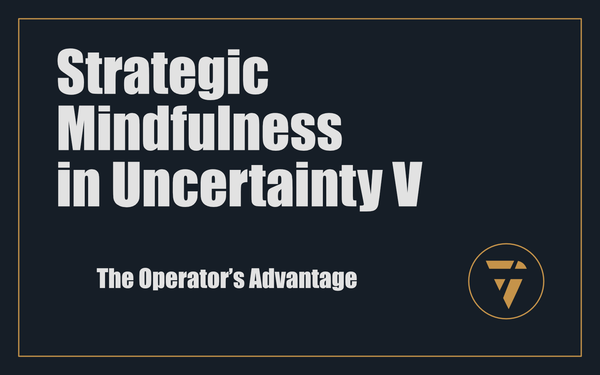Leverage Is Not About More

It’s About What You Delete
Leverage is misunderstood.
Founders chase it as if it means adding more—more tools, more products, more people, more complexity. They pile on tactics, stack new projects, layer systems, believing they’re multiplying leverage.
They’re wrong.
Because real leverage never comes from addition. It comes from deletion.
The uncomfortable truth most founders fail to grasp is this: your business isn't limited by what you’re not doing—it’s limited by what you refuse to stop doing.
Your greatest lever right now isn’t a new funnel. It’s killing the outdated one.
It’s not launching another product. It’s deleting the underperforming offer you keep tolerating.
It’s not hiring more people. It’s removing the roles creating invisible drag.
Leverage is compression, not complexity. And the fastest way to compress is through ruthless, permanent deletion.
1. Complexity Is a Tax, Not a Tool
Every new product, client, hire, or system adds complexity. Complexity multiplies friction. Friction slows velocity. Velocity determines leverage.
This is the hidden cost of addition. Every addition demands more bandwidth, more management, and more cognitive overhead—stealing attention from what truly matters.
Your bottleneck isn't opportunity. It’s attention.
Structural Fix:
List every client, product, project, and system by leverage, then delete the bottom third immediately.
The next 30 days will feel lighter, faster, and clearer. The fastest businesses delete complexity before it ever multiplies.
2. Effort Multiplication Is Not Leverage. It's Dilution.
Many founders think scaling means multiplying effort. But leverage is not working harder, faster, or more relentlessly.
It's working less.
Real leverage emerges when the fewest actions produce the highest impact. The highest form of leverage is creating systems, processes, or environments where effort is deleted entirely.
If you're still bragging about your workload, you've misunderstood leverage completely.
Structural Fix:
- Identify the five things you're doing each week with the lowest leverage.
- Immediately delete, delegate, or automate each of them.
- If you're required for any routine decision or outcome—you're the bottleneck, not the lever.
3. The Wrong Metrics Destroy Leverage
If you track too many metrics, you're tracking none. Leverage demands ruthless clarity. More metrics mean more distraction, more confusion, more drift.
Real leverage demands single-point clarity:
- One core growth metric.
- One core retention metric.
- One core efficiency metric.
Everything else is decoration. Delete decoration or risk dilution.
Structural Fix:
Choose one metric per core function—sales, delivery, retention.
Delete all dashboards, reports, and tracking methods that don't directly impact these three metrics.
This isn't oversimplification. It's compression.
4. Eliminate Optionality
Optionality feels safe—but it's the silent enemy of leverage. The more options you keep open, the less decisive you become. Decision fatigue drains leverage.
Leverage demands irreversible decisions. Choose clearly, execute immediately, and delete everything else.
The fewer decisions available, the faster you move.
Structural Fix:
- Kill all "nice-to-have" projects.
- Permanently sunset any offer that hasn't generated 20%+ of revenue.
- Cancel any "we could try..." initiatives that linger without a deadline.
If it doesn't clearly accelerate the core lever, eliminate it.
5. Delete the Lowest 20% of Your Customer Base
Your lowest-performing clients consume disproportionate resources. They're not profit—they're liability. Each moment spent serving low-value clients is a moment stolen from high-value leverage.
This isn’t harsh. It’s mandatory.
Structural Fix:
Identify the bottom 20% of your clients by revenue, profitability, and complexity. Fire them immediately.
Reallocate those freed resources—attention, time, team bandwidth—to the top 20% of clients, products, or markets. Watch how quickly leverage compounds.
6. Normalise Deletion as Culture
Deletion isn’t a one-time task—it’s an operational imperative. The highest-leverage teams don’t celebrate addition; they celebrate elimination.
Reward your team not for how many tasks they complete, but how many they delete. Track not the number of new initiatives launched, but how many outdated initiatives you sunset.
Make deletion a visible, cultural celebration—an active structural discipline, not a reactionary cleanup.
Structural Fix:
- Weekly deletion review: What did we stop doing permanently this week?
- Monthly compression audit: What complexity did we eliminate this month?
- Quarterly leverage reset: What products, processes, or people no longer serve our core lever?
Your Deletion Checklist:
- Complexity: Delete anything not directly amplifying your core lever.
- Effort: Eliminate all tasks that don't scale automatically or with delegation.
- Metrics: Track no more than three core metrics—delete the rest.
- Optionality: Remove all decision points without immediate and irreversible action.
- Client Base: Fire the bottom 20% of your customer base each year.
- Culture: Celebrate, track, and reward systematic deletion.
The uncomfortable, inescapable truth is this:
What you stop doing defines your next level more than anything you could add.
Leverage doesn’t come from more.
It comes from less.
Less complexity.
Less distraction.
Less optionality.
Less dilution.
This is your next lever: ruthless, permanent, immediate deletion.
Stop adding.
Start compressing.
Watch leverage multiply instantly.
This is what I’m working on. Tell me what you think, I enjoy the conversation! Subscribe and follow the work in real time.
Thanks!
B

Leverage is not addition.
It’s deletion.
Cut the low-leverage clients.
Kill the dead products.
Delete the fake metrics.
Eliminate the noise.
What you stop doing defines your next level.
PS -






